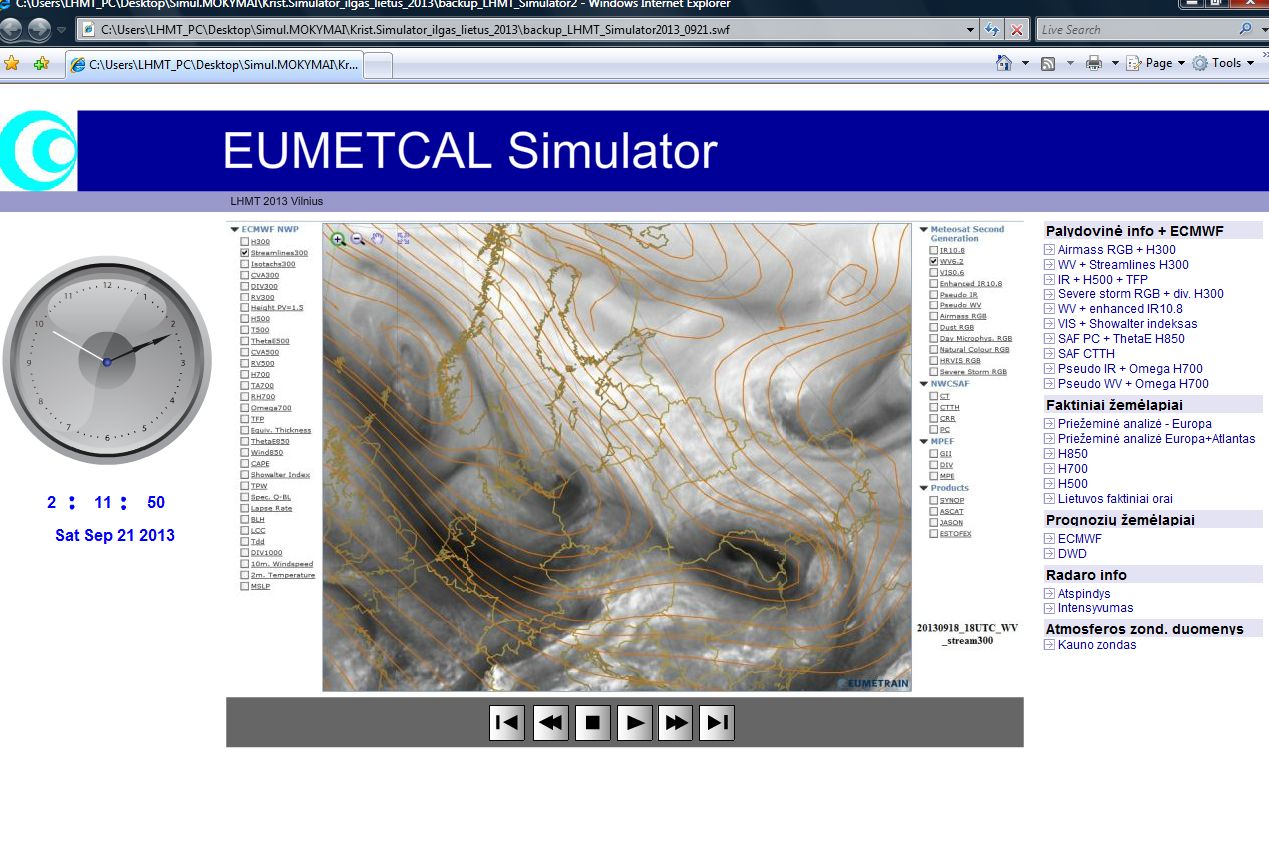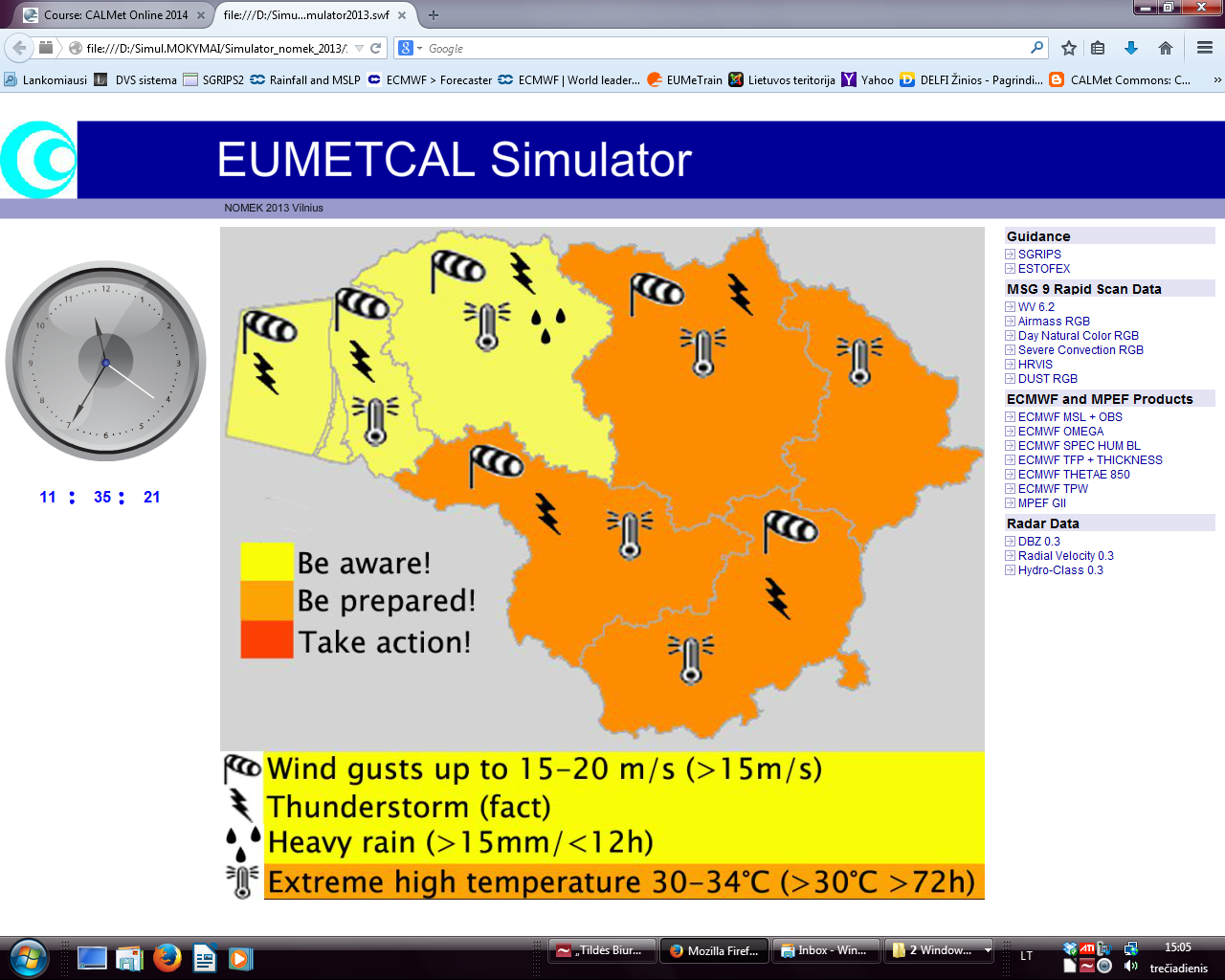Thank you Bernie, excellent points. We are working on bridging science and research to operational meteorology, a key role of the training department at SMN ( met office).
CM4SH involved a very interesting and thorough process, begining by literature review ( we revised theory and papers). Comparisons, discussions, choosing parameters, units visualisations, we followed Milestones step by step.
For the vertical crossections , to be consistent with all the fields we used vertical velocity omega (Pa/s) instead of w ( m/s). The forecasters that have tried it seemed ok with it (in the training phase)but we need to have more feedback from forecasters if they get to use it operationally.
Now that we have something to show - our conceptual model on the SIM- we can work together with the forecasters.Communication is essential . Our first experience is encouraging: he SIM makes it very attractive to go into the conceptual model. Forecasters found it useful and discussions were started spontaneously. It helps a lot to build a common language.
(By the way , in a late version you can zoom in the figure to be able to read)
One big issue for mesoscale phenomena is the model resolution, as Juan Ruiz( revisor) pointed out and he will help us with that,
A lot of work has to be done to get to operational application ( involving other issues.) But now we can actually see what can be done.
Saludos,
Marinés
Gracias Bernie por tu comentario, usamos omega en vez de w para la velocidad vertical para ser consistente con los demás campos. Los pronosticadores no tuvieron problema con esto en la fase de entrenamiento. Pero tendríamos que ver para la fase operacional.
Hacer un puente entre la ciencia y la meteorología operativa es una necesidad de la cual se esta ocupando el departamento de capacitación. El revisor Juan Ruiz nos comentó sobre el análisis con un modelo de mayor resolución. la comunicación es esencial.Con el SIM se logra acercar los modelos conceptuales a los pronosticadores de manera práctica. Habrá que trabajar mucho para llegar a la fase operativa.
Saludos
Marinés




